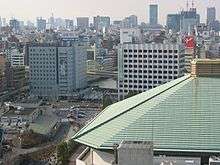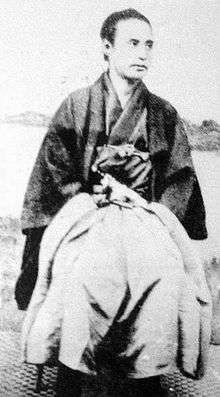Ryōgoku


Ryōgoku (両国) is a neighborhood in Sumida, Tokyo. It is surrounded by various neighborhoods in Sumida, Chūō, and Taitō wards: Yokoami, Midori, Chitose, Higashi Nihonbashi, and Yanagibashi.
In 1659, the Ryōgoku Bridge was built, spanning the Sumida River just upstream of its confluence with the Kanda River. Its name, meaning "two provinces," came from its joining Edo (the forerunner of Tokyo in Musashi Province) and Shimōsa Province. The neighborhood derived its name from that of the bridge.
The Forty-seven Ronin avenged the death of their lord, Asano Naganori, by breaking into the mansion of his enemy, Kira Yoshinaka, in 1703. Part of the mansion has been preserved in a public park in Ryōgoku.
Ryōgoku Station opened in 1904, bringing rail transportation to the area.
It is regarded as the heartland of professional sumo. Most training stables or heya are based there. The first Ryōgoku Kokugikan stadium for sumo was completed in 1909. The present one was built in 1985 in the Yokoami neighborhood north of Ryōgoku. Three of professional sumo's six annual official tournaments take place there.
Notable people from Ryōgoku
Famous people connected with Ryōgoku include Katsu Kaishū, who was born there in 1823. Novelist Ryūnosuke Akutagawa was raised in the neighborhood. Television personality and former member of the House of Councillors Kyosen Ōhashi was born there.
Ryōgoku is home to the Edo-Tokyo Museum.
References
Coordinates: 35°41′41″N 139°47′39″E / 35.694833°N 139.794052°E